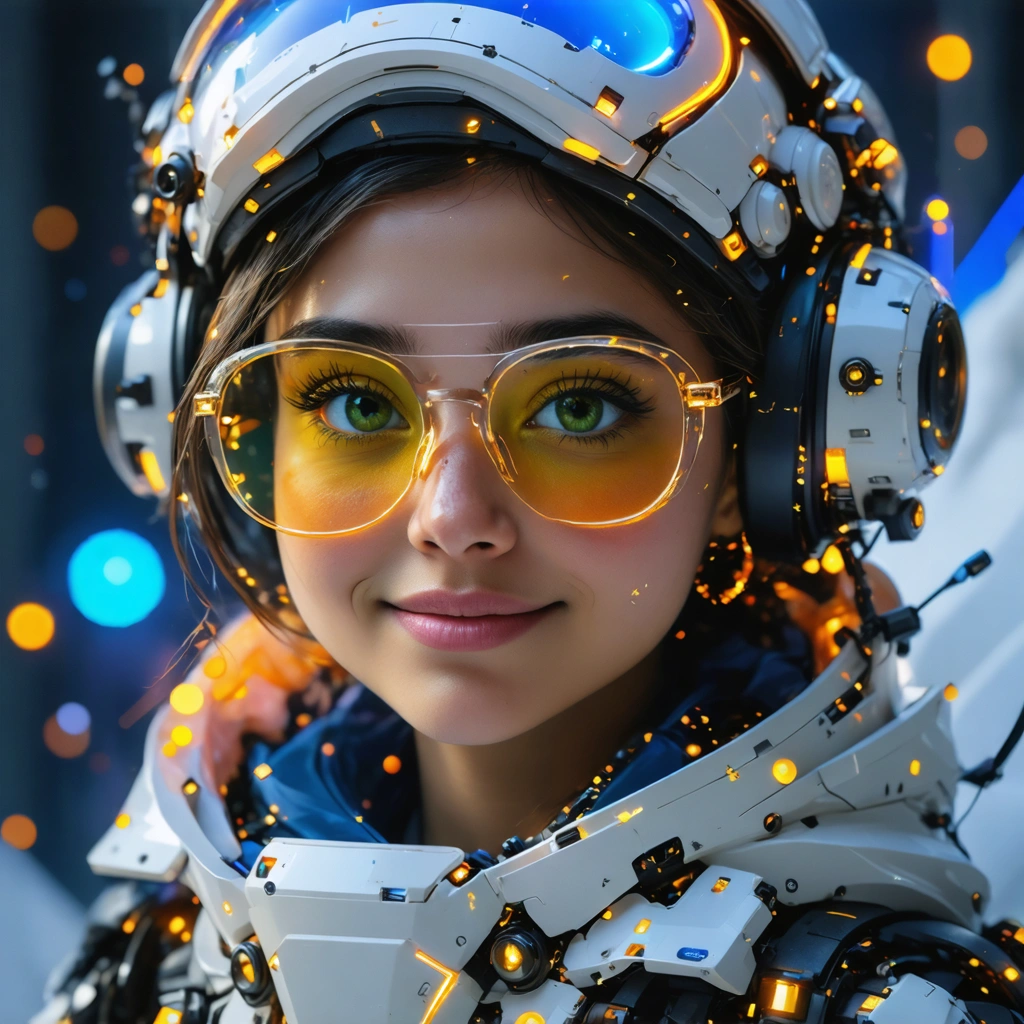
Introduction and Strategic Vision
OpenAI recently announced that its premium ChatGPT Plus service, normally priced at $20, becomes free for college students until the end of May in the US and Canada. This strategic decision arrives at an opportune moment as students face final examinations and intensive research projects. Furthermore, OpenAI showcases its commitment to enhance academic performance by providing access to advanced AI tools like GPT-4o and an innovative image generation feature. The company emphasizes that while this initiative currently serves a specific market, it might expand to additional schools and countries in the near future. Moreover, the new program aims to support the students’ creative thinking and research productivity as they navigate complex study environments.
Features and Benefits
OpenAI equips students with a bundle of capabilities that drive academic success. Firstly, the offering includes:
• State-of-the-art language models that deliver high-quality research assistance.
• Innovative image generation tools that enable creative projects.
• Priority access during peak usage times that minimizes delays in critical moments.
• Higher message limits to help students undertake extended discussions and in-depth research.
In addition, OpenAI provides access to its Deep Research tool. This tool curates and extracts information from hundreds of online sources, thereby enabling students to compile comprehensive research reports with ease and clarity. Consequently, students gain not only speed but also precision when gathering data and insights. Subsequently, these features come alive when students integrate them into their study routines, ultimately resulting in enhanced academic performance and research quality.
Comparative Insights and Emerging Trends
Although OpenAI’s move garners widespread acclaim, rival companies like Anthropic simultaneously introduce solutions such as Claude for Education. Anthropic takes a different stance by implementing a structured Learning Mode. In contrast, OpenAI focuses on imparting access to its potent research tools without modifying the underlying output style. For example, Anthropic’s tool serves more as a tutor which guides students to reach conclusions by systematically breaking down complicated challenges. Meanwhile, OpenAI’s offering prioritizes direct access to advanced technology. In assessing these two approaches, key distinctions arise:
- Anthropic’s method features iterative hints that lead students step-by-step toward solutions.
- OpenAI emphasizes swift access to groundbreaking functionalities that support fast, high-quality research output.
- Both approaches integrate evolving AI technologies to optimize academic engagement.
Additionally, a comparative table illustrates key differences between the two services:
| Feature | OpenAI ChatGPT Plus | Anthropic Claude for Education |
|---|---|---|
| Access Model | Free for college students until end of May | Free in partnered institutions |
| Main Function | Advanced research and creative projects | Tutoring and guided problem solving |
| Unique Tools | GPT-4o and image generation | Learning Mode for sequential guidance |
Notably, both companies respond dynamically to the rising demand among young adults. Indeed, studies reveal that roughly one-third of young adults (aged 18-24) already use ChatGPT for various academic purposes. Hence, this competitive market continues to evolve with rapid technological advances.
Narrative Impact and Future Prospects
Students across North America experience the transformative impact of free access to ChatGPT Plus as part of their daily academic endeavors. In personal accounts shared by early adopters, OpenAI’s free offering has enhanced their research capabilities and nurtured critical thinking skills. Consequently, academic communities witness a surge in creativity and individualized study plans that incorporate AI tools effectively. For instance, one student explained, “Prior to this initiative, I spent hours manually compiling data from multiple sources. Now, I finalize comprehensive reports in a fraction of the time because the AI tool orchestrates the research process with remarkable efficiency.” Moreover, educators also report enhanced classroom dynamics as students bring enriched insights and more cohesive arguments to discussions. This transformative approach signals a bright future for the integration of AI in education, pushing both technological boundaries and academic integrity standards forward.
Looking forward, experts predict substantial growth in the relationship between AI tools and higher education. In addition, potential collaborations between institutions and developers could lead to tailored features that further evolve academic support systems. Therefore, it will prove fascinating to observe how these initiatives shape a new era of learning. As OpenAI and similar companies continue to innovate, the landscape of education adapts, encouraging both educators and students to harness AI for groundbreaking research. Ultimately, this initiative marks a pivotal moment in academic history by bridging gaps between technology and education, and both sectors stand to benefit significantly from this revolution.




